Ponytail Palm (Beaucarnea recurvata)
The Ponytail Palm, also known as Beaucarnea recurvata or Nolina recurvata, is a unique and visually appealing plant native to the dry regions of Mexico. Despite its name, it is not a true palm but belongs to the Asparagaceae family. Here is a comprehensive guide that covers all the essential details about the Ponytail Palm:
Appearance:
– The Ponytail Palm features a distinctive, swollen trunk at the base resembling an elephant’s foot, calling it an “elephant’s foot palm.”
– The trunk tapers upward, and at the top, it produces a cluster of long, slender, arching leaves that resemble a ponytail or cascading fountain.
– The leaves are green, thin, and strap-like, growing up to 3 feet (90 cm) in length.
– Mature plants may produce clusters of small, cream-coloured flowers on long, branching stems.
Light Requirements:
– Ponytail Palms thrive in bright, indirect light conditions. They can tolerate some direct sunlight but prefer partial shade.
– Place them near a south or west-facing window for optimal light exposure.
Temperature and Humidity:
– Ponytail Palms prefer average to warm temperatures ranging from 65-85°F (18-29°C).
– They are relatively tolerant of dry air and can adapt well to indoor environments with average humidity levels.
Watering:
– Ponytail Palms have a unique water storage system in their swollen trunk, allowing them to withstand drought conditions.
– Water the plant thoroughly, allowing the soil to dry between waterings. It’s better to underwater than overwater, as the plant is prone to root rot.
– In winter, when growth slows down, reduce watering frequency further.
Soil:
– Use a well-draining potting mix specifically formulated for cacti and succulents.
– The soil should be porous and allow excess water to drain freely, preventing waterlogging.
Fertilization:
– Ponytail Palms are relatively low-maintenance and don’t require frequent fertilization.
– During the active growing season in spring and summer, you can feed them with a balanced, diluted liquid fertilizer once a month.
– Reduce or halt fertilization when the plant is dormant during fall and winter.
Pruning:
– Pruning requirements for Ponytail Palms are minimal.
– Remove brown or yellowing leaves by cutting them off at the base.
– Trimming the tips of the leaves can help maintain a neat appearance.
Propagation:
– The most common propagation method for Ponytail Palms is through seeds, although it can be a slow process.
– You can also propagate the plant by removing and replanting the offsets that develop at the base of mature plants.
Common Pests and Problems:
– Ponytail Palms are generally resistant to pests and diseases.
Overwatering can lead to root rot, while underwatering can cause leaf yellowing and drying.
– Occasionally, they may encounter mealybugs or scale insects. Treat infestations with insecticidal soap or neem oil.
Toxicity:
– The Ponytail Palm is considered non-toxic to humans and pets, making it a safer choice for households with animals or small children.
Things to know about Ponytail Palm (Beaucarnea recurvata)
Common (vernacular) Name
विंका (Hindi), Vinca, Sadabahar, Madagascar Periwinkle, Catharanthus Roseus, Nityakalyani, Bara Massi, Bright Eyes, Cape periwinkle, Graveyard Plant, Old maid, Pink Periwinkle, Rose Periwinkle, and many more.
Botanical Name
Catharanthus roseus
Origin
Island of Madagascar
Family
Apocynaceae
Plant Type
Tropical plant
Plant Features
Ornamental / Evergreen / Exotic
Life Cycle
Perennial
Landscape Uses
Container, Walkways, Ground Cover, Mass Planting and Houseplants.
Species
Apricot Cooler Improved, Aztec Pink Magic, Blue Pearl, Cascade Beauty White, Cooler Icy Pink, Cooler Orchid, Cooler Peppermint, Cora Burgundy, Cora Cascade Cherry, Cora Cascade Strawberry, Cora Red, Experimental Dee, Jams and Jellies, Mediterranean Lilac, Mediterranean XP Cherry Halo, Mediterranean XP Rose Halo, Nirvana Pink Blush, Nirvana Red, Nirvana Sky Blue, Nirvana Violet, Pacifica White, Sunshower Lilac, Titian Icy Pink
Varieties
It comes with more than 30 varieties in various leaf and flower colourations.
Size
Height : 1 to 1.5 feet tall and Width : 1 foot wide when mature.
Indoors or Outdoors
Outdoors : Anthurium can be used outdoors in shady plantings; avoid direct sunlight.
Indoors : Excellent plant growth in bright light or indirect light. Best indoor plants for beginners.
Blooming / Flowering
The blooming period is throughout the year.
Flower Colour
It’s come in Pink, White, Purple, Red and Multicoloured.
Lucky Plant
According to Feng Shui, It brings Good Luck in your relationships.
Lighting / Sun Exposure
Bright Indirect Sunlight.
Temperature
Grow best in warm temperatures above 21°C and tolerate max temp. as high as 32°C.
Growth Rate
Anthurium is a slow to moderate grower plant.
Watering
Moderate watering, Mist or overhead sprinkler to provide water and to improve relative humidity. Do not tolerate overwatering, It can cause root damage and leaf yellowing.
Fertilizer
Applying slow-release fertilizer or a water-soluble liquid fertilizer once or twice during the growing season (from spring to summer) is recommended.
i.e., - Cow dung, DAP, Compost, NPK 30-10-10 fertilizer, liquid organic fertilizer etc.
Pruning
Pruning of Anthurium, little is needed. However, trimming away only discoloured or dead leaves.
Propagation
Seeds : The best time to sow your Anthurium seeds is at the end of Winter / early Spring, but it can't give good results.
Stem Cuttings : The easier propagation methods of Anthurium in water or soil via stem cuttings can be done during the warm growing season.
Division : The division of Anthurium can be done in the Rainy season or, better, from February to March.
Dormancy Period
Month : November to February (winter season)
Shed their leaves and show poor growth, Watering minimally.
Avoid : Propagate, Fertilize and Repotting.
Container
Ceramic Pot, Plastic Pot, Terracotta or Clay Pot is preferred, which ensures good drainage and water holding capacity.
Soil Type
A well-drained Loam / Coarse potting soil and water-holding capacity are recommended. Prevent soggy potting medium.
Our recommendation for the potting mix: Equal part mixture of Garden Soil (25%) + Compost (25%) + River Sand (25%) + Cocopeat (25%). You can substitute pieces of Charcoal, Vermicompost, Perlite etc.
Soil pH
Lightly Acidic soil - Ideally, 5.5 to 6.5 pH (potential of hydrogen) is recommended for Anthurium.
Repotting
It is advisable to repot the Anthurium every year or two, preferably during the spring to midsummer season.
Maintenance
Low maintenance and easy to grow.
Properties
The plant poses toxicity risks to both humans and pets if ingested.
Benefits
Excellent indoor air purifier, Anthurium plants turn CO2 into oxygen. It purifies indoor air by removing harmful chemicals like ammonia, toluene, xylene and formaldehyde.
Special Features
It does not attract hummingbirds and pollinators in the same way it does butterflies, bees, or wasps.
Infestation / Pests
Aphids, Scale insects, Thrips, Mealybugs, Spider mites, caterpillars etc.
Diseases / Problem
Physiological Problem : Anthracnose, Leaf Spot and Powdery Mildew.
Bacterial Problem : Bacterial Blight, Bacterial Wilt and Black Nose Disease.
Fungal Problems : Root Rot and Water Mold.
In conclusion, Ponytail Palms are unique, eye-catching plants that can be a striking addition to indoor and outdoor spaces. With their distinctive appearance and low-maintenance nature, they can thrive with minimal care and add a touch of exotic beauty to your surroundings.
Some Glimpse of Ponytail Palm (Beaucarnea recurvata)
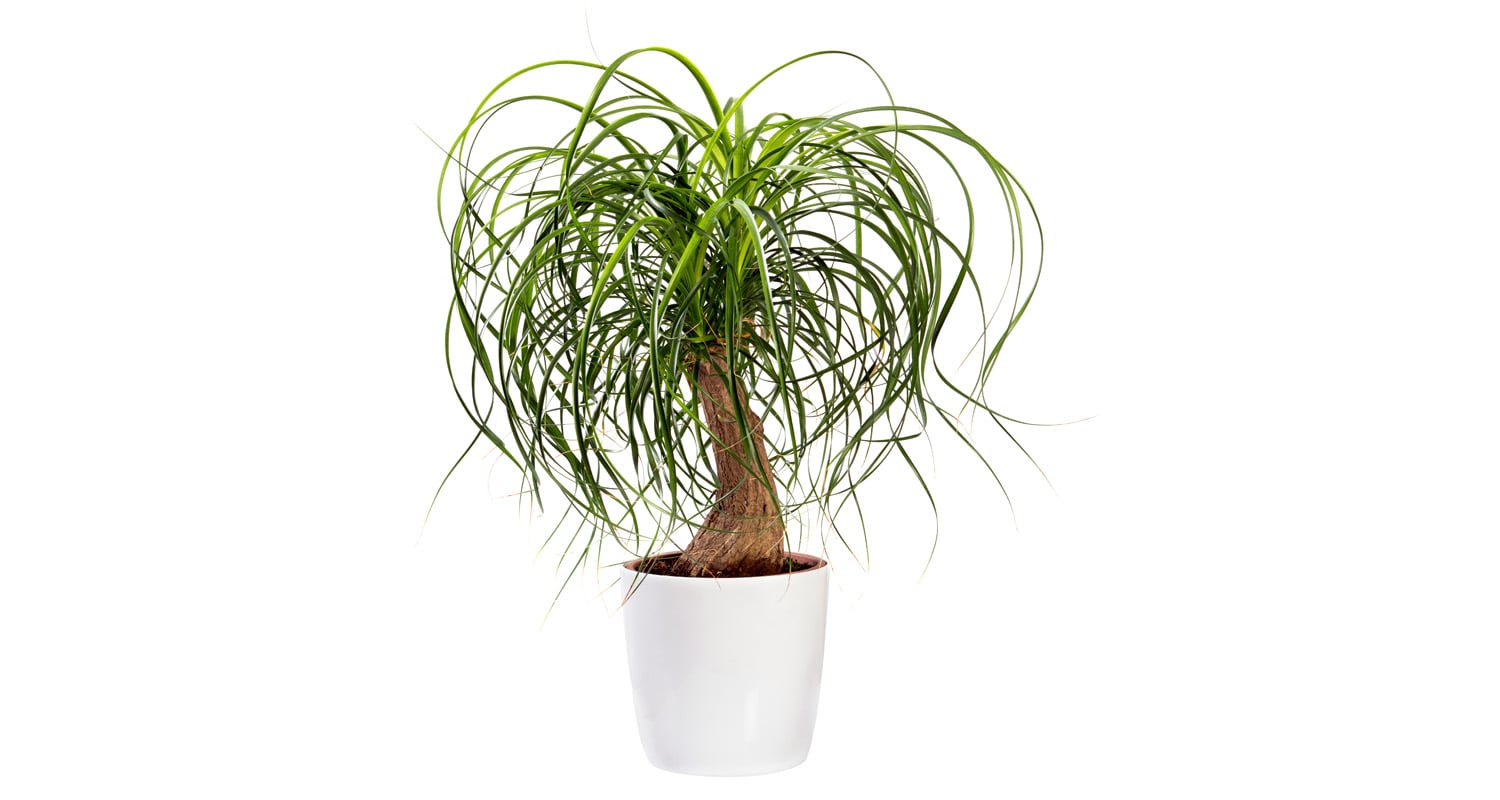


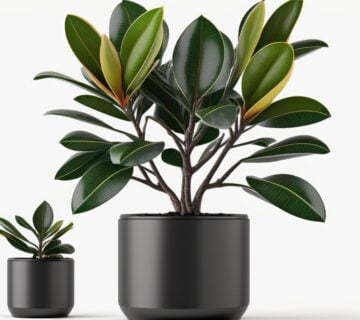
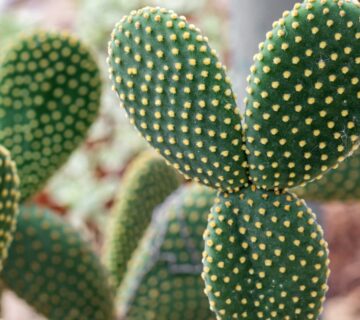
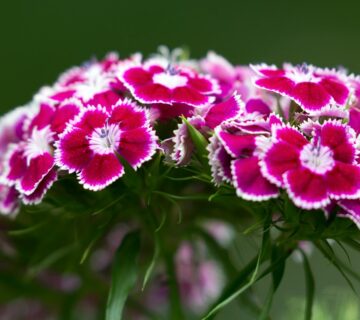
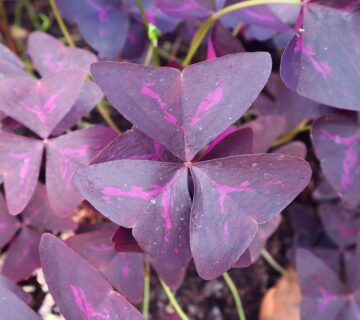

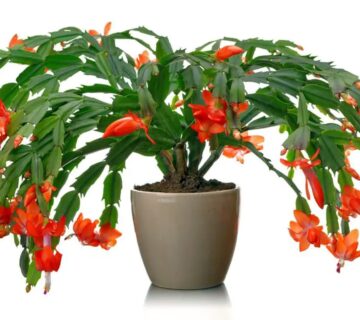
No comment